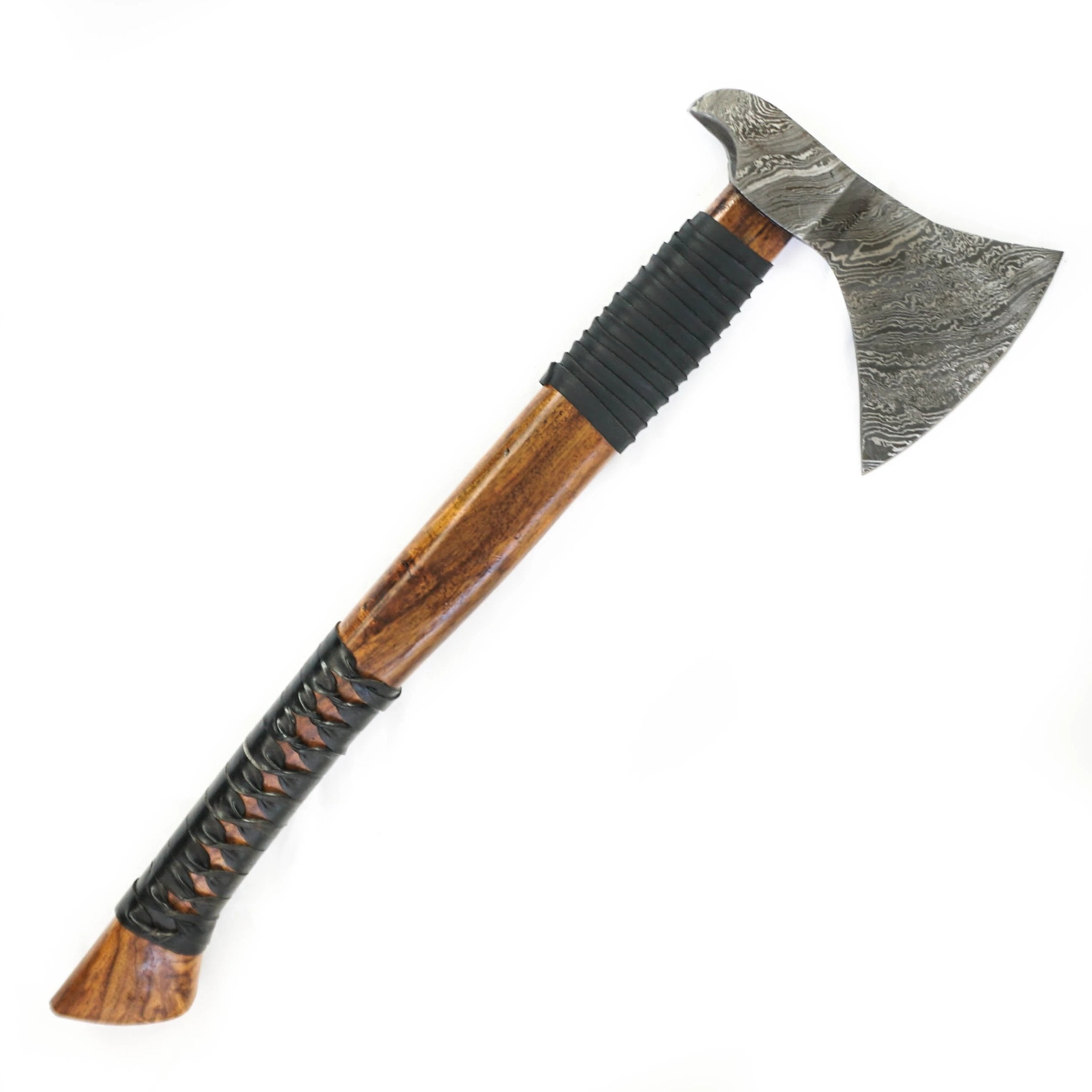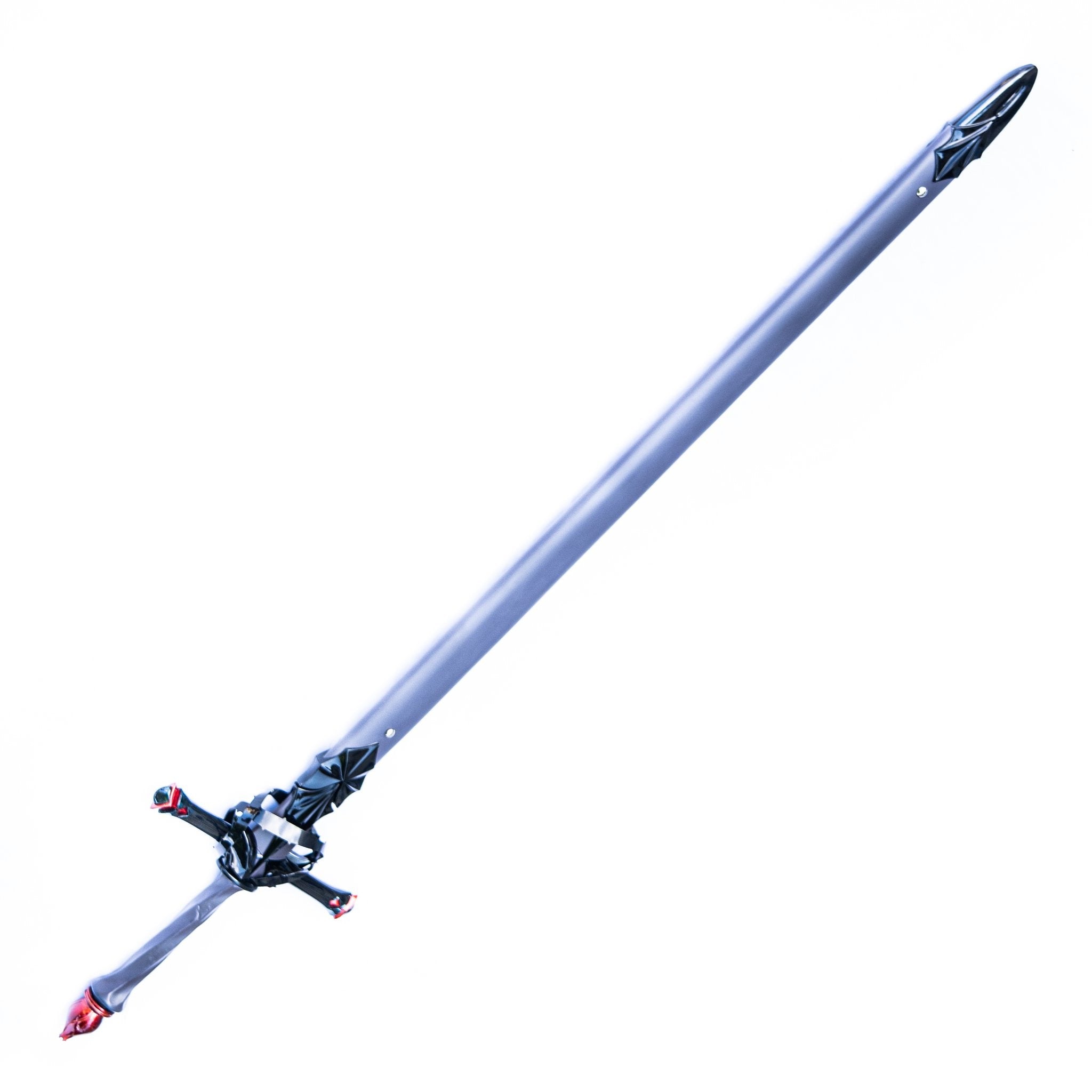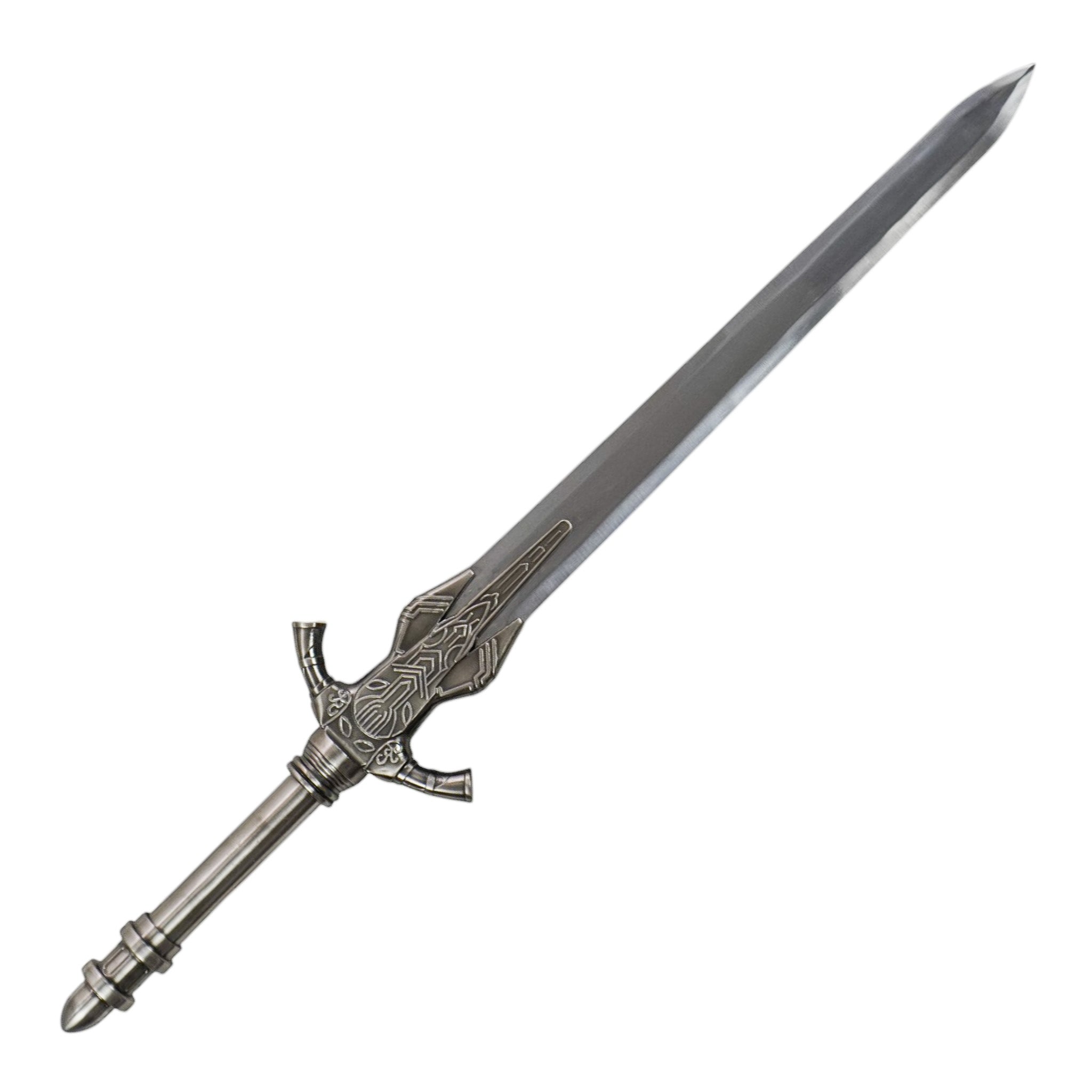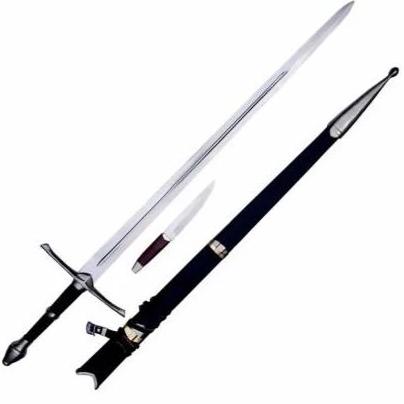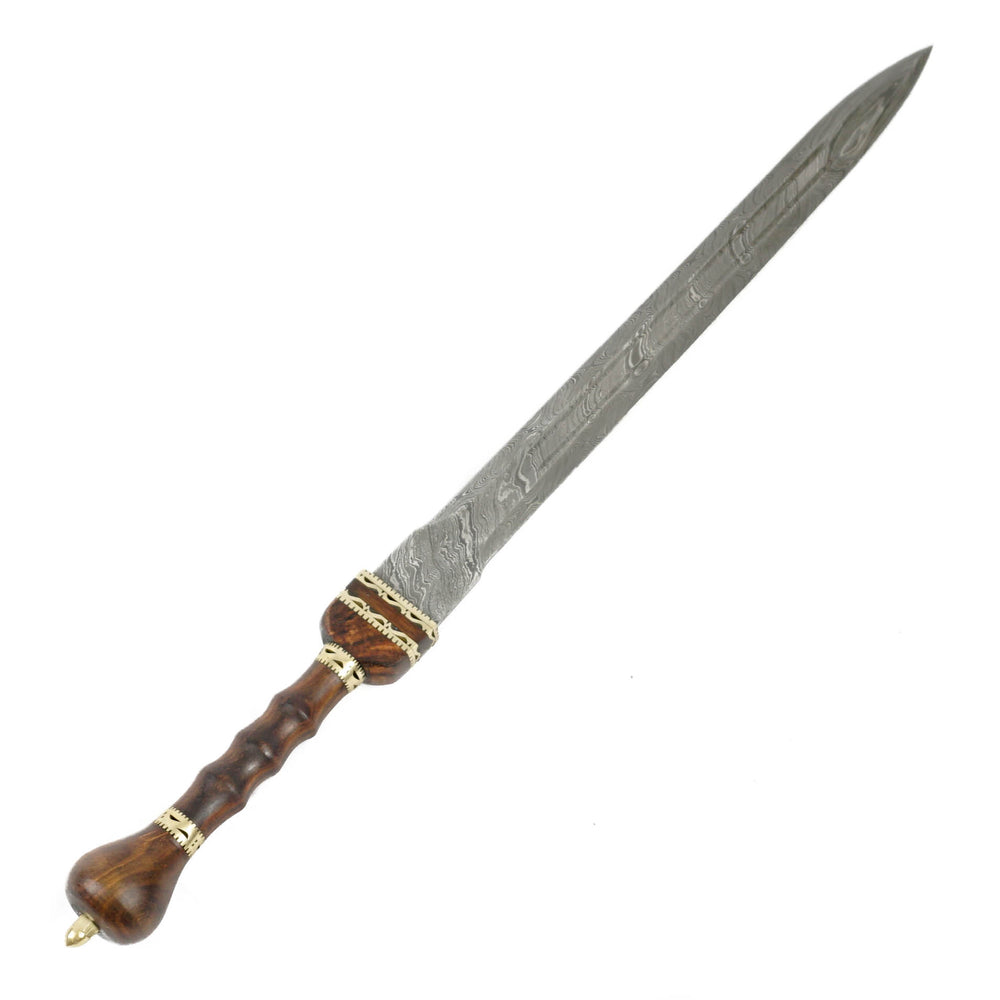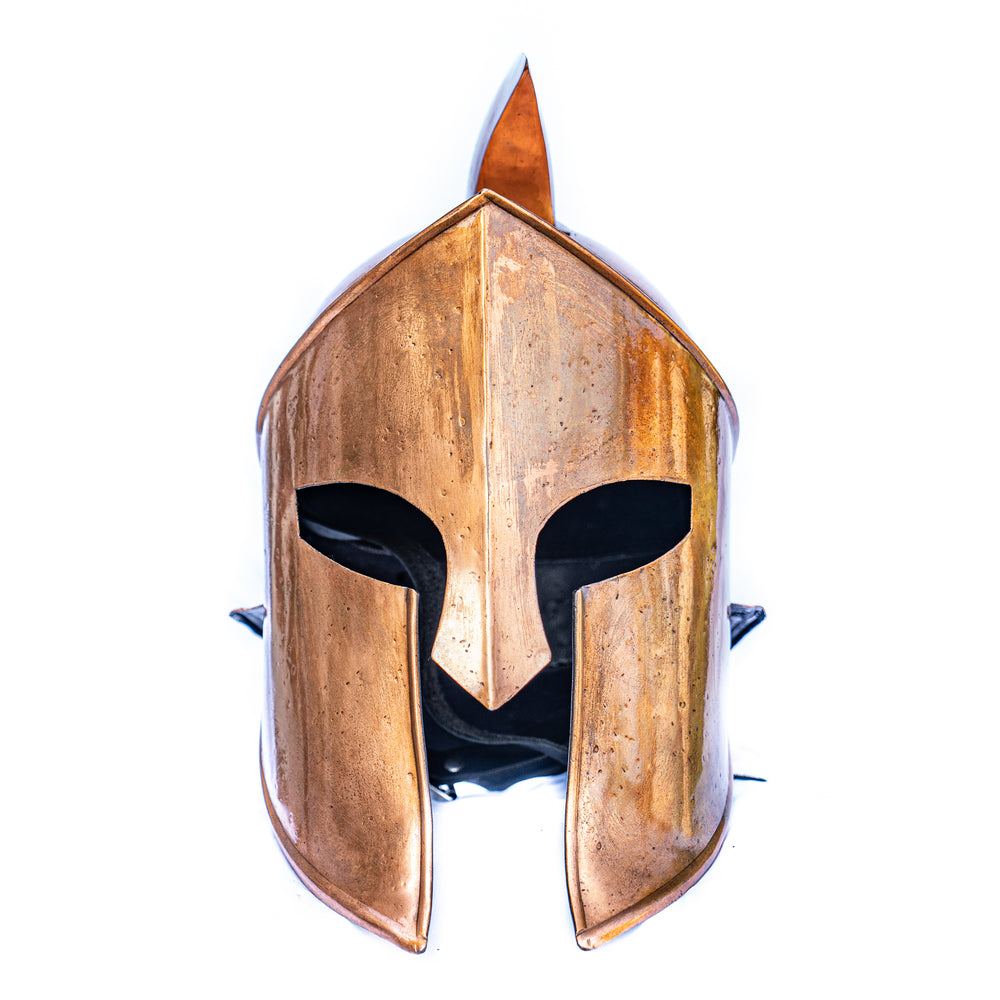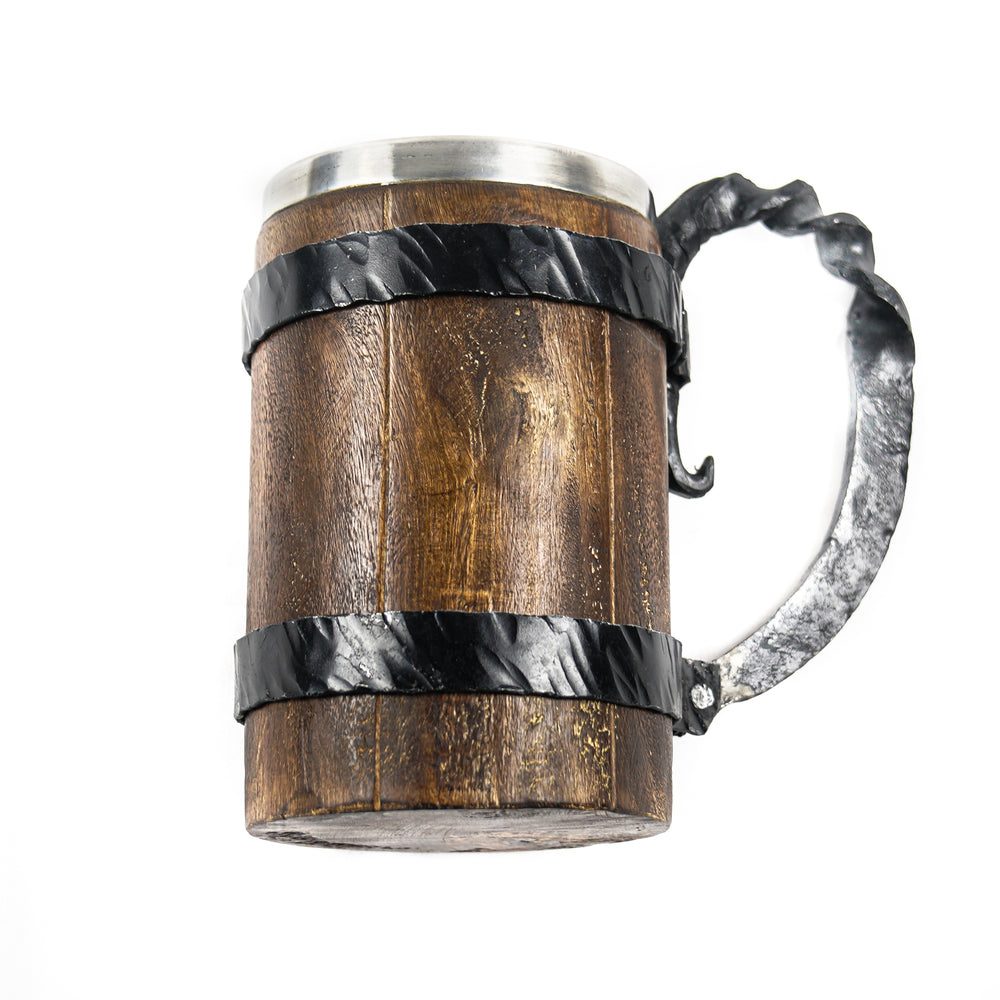Estoc: The Medieval Marvel of Thrust
Unveil the power of thrust with this meticulously crafted Estoc sword, embodying the essence of medieval combat engineering. Known for its straight, narrow blade and sharp point, the estoc, also referred to as the tuck, became a staple among the knights and infantrymen across Europe from the 14th to the 17th century. The name "Estoc" derived from the French word for thrust showcases its primary function on the battlefield, to pierce through the armor of foes with lethal precision.
Distinguished by its cruciform hilt allowing for one or two-handed grip, the estoc's evolution witnessed various regional iterations. The English embraced it as the tuck, while Polish and Lithuanian warriors wielded the Koncerz, a comparable weapon during the Renaissance. Measuring between 34 to 48 inches in length and approximately four pounds in weight, the estoc's dimensions allowed for a favorable balance between reach and maneuverability.
In an era where advancements in armor challenged the efficacy of cutting blades, the estoc rose to prominence, symbolizing a tactical shift towards thrusting and crushing weaponry. Initially favored by cavalry, infantrymen too, later adopted the estoc, housing it in a scabbard for easy accessibility. Beyond the battlefield, the estoc found favor in hunting excursions and even transitioned into the arena of bullfighting, where a shorter version aids matadors in their perilous dance with fate.
An Unyielding Blade Forged in 1095 Steel: The estoc’s blade, forged from high carbon 1095 steel, mirrors the superior hardness and edge retention characteristic of ancient rapier swords. With a carbon content of 0.95%, this steel variant stands a cut above the commonly used 1045 steel. Despite its rigid nature potentially compromising flexibility, 1095 steel’s extraordinary hardness of 56-58 HRC ensures the estoc's tip remains lethal even after high-impact confrontations. The enduring quality of 1095 steel also allows for straightforward resharpening, keeping your estoc ready for every thrust.
Sword Specifications
- Handle Material: 1095 Steel
- Overall Length: 40"
- Rockwell Hardness: 56-58 HRC
- Sheath: Genuine Leather Sheath
- Blade Material: 1095 High Carbon Steel
Seize the legacy of medieval warfare with this exquisite Estoc sword, a tribute to the ingenious martial evolution of bygone eras.

